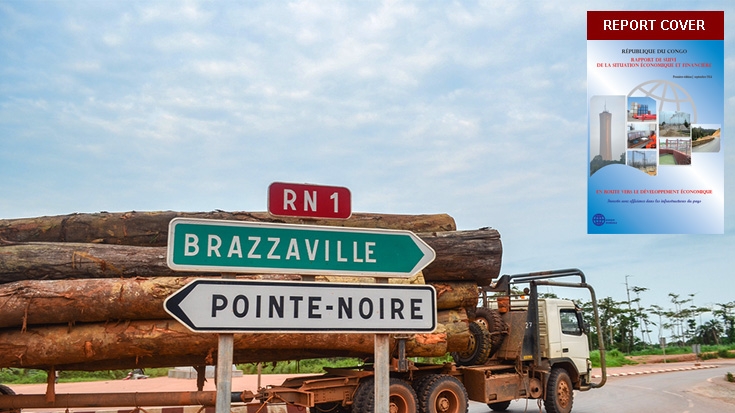Infrastructure as a catalyst for growth?
Since 2006, the Congolese authorities have made substantial investments in infrastructure, particularly in the electricity and transportation sectors: construction and repair of roads and airports, hydroelectric dams, electrical distribution infrastructure, and so on. In 2014, the investment budget is set at 1,991.8 billion Congolese francs (CFA), about US$4 billion, amounting to 28.8% of GDP.
“The report points out that during the period 2010-2025, current and projected infrastructure projects can have a significant impact on the country’s growth, because they can add an average of 1.5 percentage points to the growth of GDP,” notes Fulbert Tchana Tchana, lead economist for the Republic of Congo and one of the study’s authors. “Efficient management of public investments will not only optimize natural resource management but also improve the return on investments,” he adds.
“This report is an important element of the World Bank’s program in the Congo, a country that has benefitted from the boom in oil revenues for almost a decade and that is engaging in an ambitious rehabilitation and construction program of infrastructure, but social development is not improving at the same rate,” said Sylvie Dossou, World Bank Country Manager for the Republic of Congo.
The report puts forth a series of recommendations aimed at improving the efficiency of public spending. Among them:
- Creating Public Investment Committees within government ministries (on the model of Rwanda) to improve the selection and implementation of infrastructure projects
- Preparing investment projects better before including them in the budget
- Establishing tracking mechanisms for budget execution
- Improving spending efficiency by speeding up procurement procedures.
- Making the disbursement system more transparent

